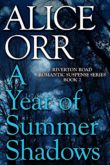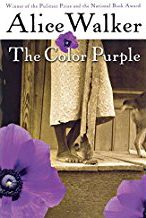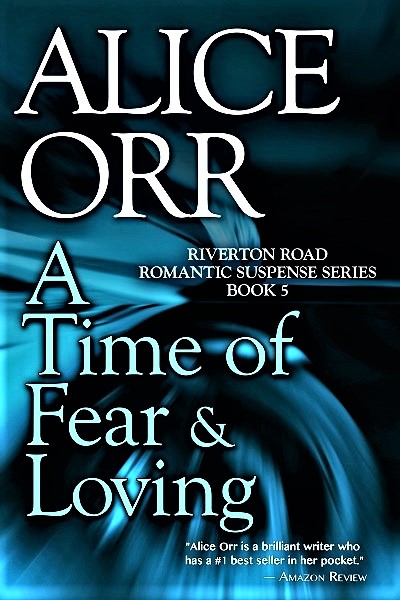Tell Your Emotional Truth Story. Why is it so important to do that? Because, if you don’t tell your emotional truth, your story will have no beating heart. Your story will not come alive on the page. Why not? Because your story has not first come alive in your own writer’s soul.
What is Emotional Truth? Emotional truth is what is really going on in your story, the real truth of what is happening to your characters. The surface of things, what your characters allow to be seen and heard, can be manipulated to conceal what they are truly feeling, but great stories are not about feelings being concealed. Great stories are about feelings being revealed.
How Do You Find Emotional Truth? Real life is the mother lode from which you mine your own emotional truth and then refine it into storytelling treasure. The deeply felt emotions that are the beating heart of your story come from your own personal experience of emotions you have felt yourself in your own life. They have the power to make your reader feel deeply too.
How I Found My Emotional Truth Story. I write romantic suspense novels. Scary things happen in my stories. Hailey Lambert, the main character of my book A Year of Summer Shadows, is assaulted and strangled. That happened to me once. My character and I both survived. Now we both benefit from my emotional truth of that awful experience.

The Details of That Emotional Truth Story. The powerlessness while it was happening. The shock and numbness after it was over. The way others might have seen me at that moment had there been anyone present to see. I didn’t need to take notes. All of that was branded on my psyche in indelible emotional ink. Deeply felt experiences do that to us.
Dig for Those Details and You Will discover Storytelling Gold. Unfortunately, we have all had similarly indelible experiences. We have been changed by them, traumatized by them, sometimes stopped in our tracks by them. Now we get to convert them into the very raw material of intense, dramatic, powerful storytelling.
Stephen King Agrees with Me. He has said, “For me, there have been times when the act of writing has been an act of faith, a spit in the eye of despair. Writing is not life, but I think that sometimes it can be a way back to life.”
I Agree with Stephen King. Despair, and the trauma that can cause it, are a way back to an act of writing from the most vivid and vital center of your bloody, beating heart. I don’t mean memoir writing, though digging for emotional truth is crucial there too. I’m talking about reimagining real-life experience into the “spit in the eye” that is a riveting piece of fiction.
Mining for Gold Requires Excavation. Our emotional truth is not usually what we show on the surface of ourselves. It is more deeply true than what we show on the surface. Your stories can be the expression of that subterranean truth brought to the light and recreated in words. The result can be the best writing you have ever done.
Find Your Gold Mine Stories. Whether you realize it or not, you know what these stories are for you. Check your heart, your stories are there. Write them, whether as fiction or non, the way your heart feels them to be true, which may differ from factual truth. Facts are verifiable. Feelings are not. Someone else’s emotional truth may vary from yours. BUT that does not make your truth any less valid, or hers either.
Emotional Truth Stories are Individual. Your emotional truth is what you honestly feel. Your character’s emotional truth is what she honestly feels. That honesty gives your story its authenticity, its bleeding, beating heart. That inner authentic truth is what really matters and makes your story really matter, to you as you write it, and to your readers as they read it.
So, dig down and dig deep. You will know when you hit the mother lode because it will zing straight to your heart, just before you zing it to the page and Tell Your Emotional Truth Story. Alice Orr – www.aliceorrbooks.com
********************
A Wrong Way Home – Alice’s Riverton Road Romantic Suspense Book 1 – is a FREE Kindle eBook HERE. Enjoy!
Alice’s latest novel is A Time of Fear & Loving – Riverton Road Romantic Suspense Book 5. Available HERE.
Praise for A Time of Fear & Loving. “Alice Orr is the queen of ramped-up stakes and page-turning suspense.” “Warning. Don’t read before bed. You won’t want to sleep.” “The tension in this novel is through the roof.” “I never want an Alice Orr book to end.” “The best one yet!” “Budding romance sizzles in the background until it ignites with passion.”
Look for all of Alice’s books HERE.
https://www.facebook.com/alibettewrites/
http://twitter.com/AliceOrrBooks/
http://goodreads.com/aliceorr/
http://pinterest.com/aliceorrwriter/





 Character Triage – Who’s Out? Characters Who Should Leave Your Story. They don’t make anything happen (which is never the case with
Character Triage – Who’s Out? Characters Who Should Leave Your Story. They don’t make anything happen (which is never the case with Character Triage – The Character Who Fails at His Story Mission. Especially as a mystery-suspense hero. He’s the detective who doesn’t detect. A murder is committed, and he should be intent on finding the murderer but does too little to further that quest. He avoids real investigative questioning. He lets others do the legwork. He slows the pace instead of enlivening it.
Character Triage – The Character Who Fails at His Story Mission. Especially as a mystery-suspense hero. He’s the detective who doesn’t detect. A murder is committed, and he should be intent on finding the murderer but does too little to further that quest. He avoids real investigative questioning. He lets others do the legwork. He slows the pace instead of enlivening it.  For a great read where every character definitely belongs – Don’t miss
For a great read where every character definitely belongs – Don’t miss